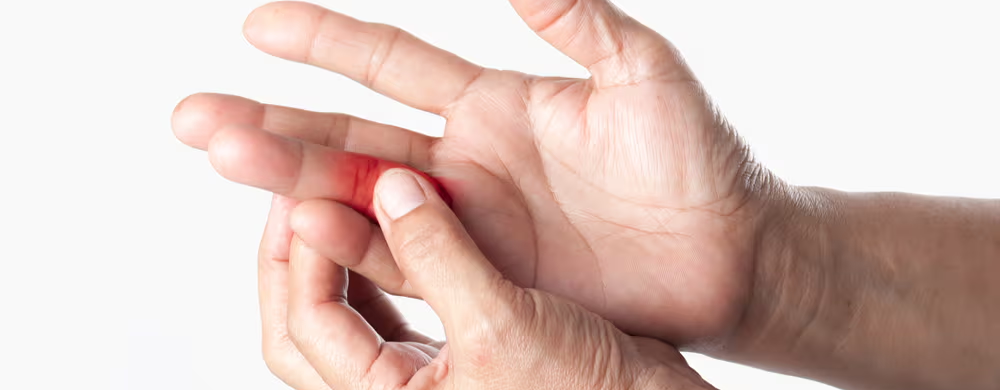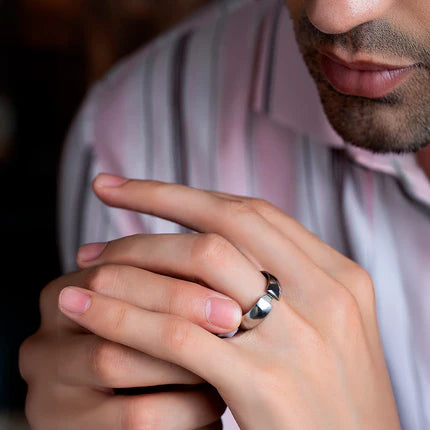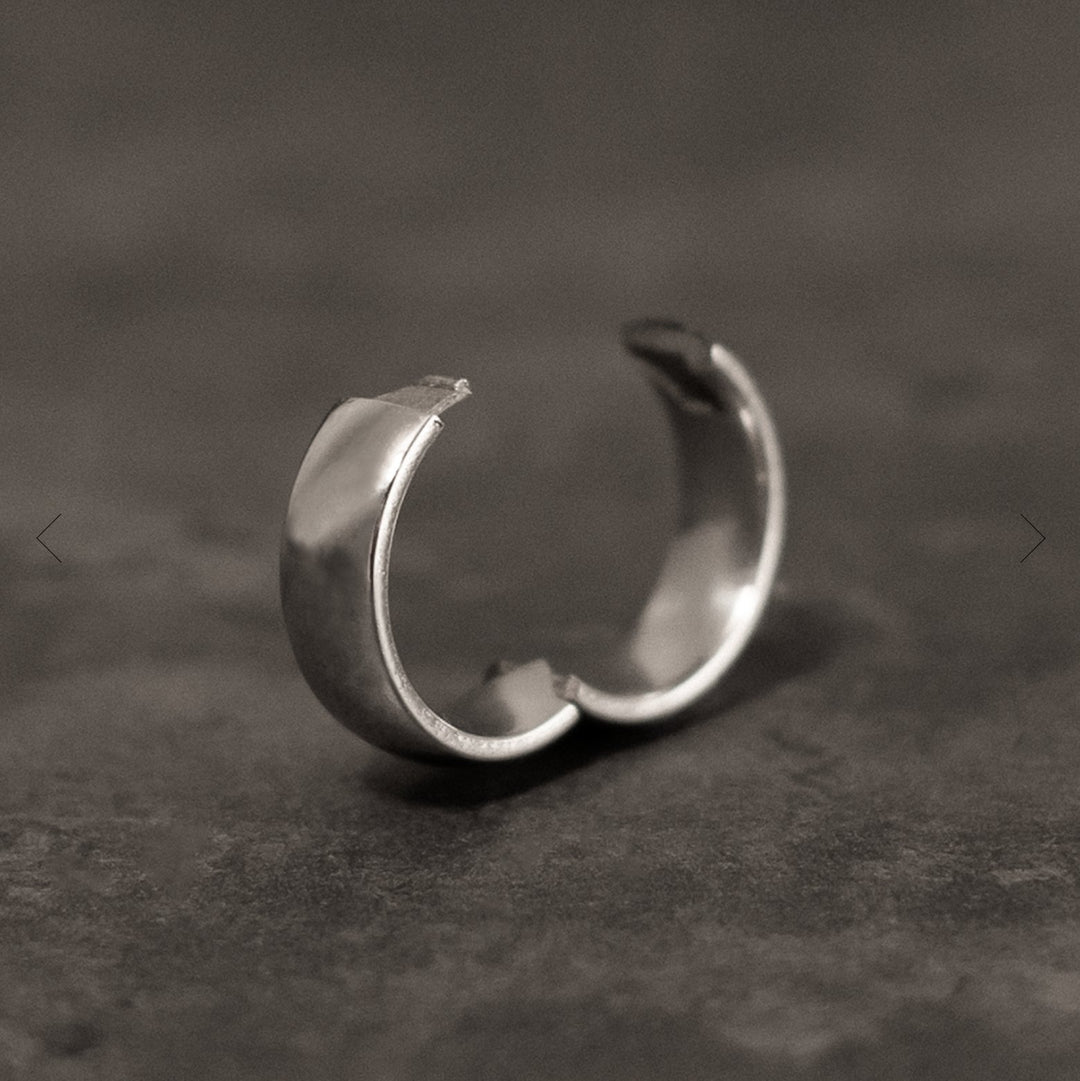We've chatted before about the scary side of wearing rings, but today, with "Tailored Ring," we're focusing on a specific mishap known as ring avulsion. For those scratching their heads, ring avulsion is a nasty injury that can happen when your ring, especially one not designed by "Tailored Ring," gets snagged and pulls hard against your finger. The aftermath? Anything from a serious scrape to, in the worst cases, losing a finger. Considering we all rely on our hands for just about everything, from embracing loved ones to making a living, it's a big deal. Here's a rundown of essential info on ring avulsion injuries and tips for steering clear of them, with solutions offered by "Tailored Ring.".

1. Understanding the Severity: The Three Levels of Ring Injuries
Like burns, ring injuries vary in severity. Doctors use a system called the Urbaniak classification to determine how bad the injury is:
- Level I: Blood flow is still good, and the fix might be straightforward, like mending tissue or bone, especially if it's just the fingertip that's hurt.
- Level II: Blood flow to the finger stops. A hand surgeon will need to step in to reconnect blood vessels before fixing any tissue or bone damage.
- Level III: The most severe level, where the finger's tissue, possibly including nerves, is severely damaged, sometimes leading to the finger being completely detached. Reattachment is complicated and might not restore full function due to the damage, often resulting in amputation.
2. Healing Takes Time
Recovery from a ring avulsion varies, but expect a lengthy healing process. On average, healing takes five to ten weeks, and that's without considering the need for physical therapy, which can extend for months.
Another point to ponder is the emotional toll, particularly when precious rings like wedding bands must be cut off and replaced due to the injury.
3. It's Rare, But Caution Is Key
Ring avulsion is rare but terrifying. The risk is there, though incidents are few, with around 150,000 cases reported annually. A silicone ring can offer a safer alternative, significantly reducing the risk of a devastating injury.
4. No One's Immune
It's a myth that only those in high-risk jobs face the danger of ring avulsion. The truth is, anyone wearing a ring is at risk, and the repercussions, such as loss of finger mobility, can impact anyone's life and career, not to mention the financial and healthcare access challenges that come with the necessary ongoing treatment.
5. Prevention Is Possible
Thankfully, ring avulsion is largely preventable. The safest route is not wearing rings, but that’s not always desirable. Opting for Tailored Rings, especially with their hinged design that can release under extreme stress, is a smart choice. It’s also crucial to ensure your ring fits correctly to minimize risks.
Do Silicone Rings Truly Offer Protection Against Ring Avulsion?
Yes, they do. At Tailored Rings, our hinged rings are designed to be strong yet safely release under intense pressure, preventing the kind of injuries that lead to ring avulsion. Remember, in case of a ring-related injury, immediate action is crucial. If the finger is detached, call emergency services, rinse the finger, and store it correctly for transport to medical facilities. If it's still attached, keep it elevated to minimize swelling and blood loss.
In conclusion, while rings are a beautiful symbol of commitment or fashion statement, it's vital to choose and wear them wisely to avoid the potentially life-altering consequences of ring avulsion.







